It’s a common question among home sellers who are buying and selling at the same time: Is it better to have an empty house when selling?
Or perhaps you’re helping a parent downsize or selling an inherited property and wondering if an empty house will sell faster or slower or for more or less money.
To get expert insight, we spoke with Melanie Hunt, a top real estate agent in Fort Worth, Texas, with 44 years of experience in residential sales. We’ll combine her seasoned advice with data from agents nationwide to help you make the best decision for your sale.
The Top 5% of Agents Sell Homes for Up to 10% More
HomeLight analyzes over 27 million transactions and thousands of reviews to determine which agent is best for you based on your needs. Connect with your top agent matches today at no cost.
Is it better to have an empty house when selling?
Historically, occupied homes tend to sell slightly faster and for more money than vacant homes, but it depends on the market and the property. A 2019 study showed that vacant homes sold for around $11,000 less and took six days longer to sell. However, if a market is active and there are more buyers than homes, an empty house might sell faster because it’s ready for immediate move-in.
In her experience, Hunt says selling a vacant home can sometimes be a better choice than cluttered or over-furnished homes if the seller isn’t able to create a clean, minimal look.
“If you can’t get the seller to do massive rearranging and decluttering, then it’s better that the house is vacant,” she says. “Buyers can actually see the bones of the house then.”
A tilting scale: HGTV vs. clutter
Hunt says the best approach depends on the home. Whether furnished or empty, sellers must make it easy for potential buyers to imagine themselves living in the home. This means presenting a home that’s inviting.
“I think it is the HGTV effect,” she explains. “If the sellers don’t have the house as neat and decorated and clean as an HGTV home, then the buyers walk in and they just see clutter, and the clutter takes away from the house — it brings the room in, and makes it smaller.”
She says this “smallness” can be felt in person and in listing photos. Even something as simple as the back of a sofa can “bring the room in,” distracting buyers from the space itself. “And that’s what people are looking for, space. They don’t care about your antique doll collection; they want to see the room.”
In short, a house that’s furnished in a way that helps buyers see themselves living there is generally going to help it sell. But if it’s a choice between showing a cluttered, tight-feeling house or a vacant open home, then it’s usually better to sell the house empty.
Expert tips if you must sell an empty house
If you’ve already moved out or are clearing a home for a parent, you may not have the option to leave furniture in place. In that case, Hunt recommends you start with lots of light.
“When a buyer walks into an empty home, all the lights need to be bright so it’s inviting,” she explains. “It can’t be dark and dingy. You’ve got to change all the light bulbs out to a bright white and have the window blinds open. It invites buyers to step in and imagine the room with their things in it.”
Here are expert-backed tips that can help your empty home show in the best possible light:
- Replace yellow bulbs with bright white light: Swapping out warm-toned lighting for daylight-style bulbs instantly makes a space feel more open, updated, and welcoming.
- Remove heavy window coverings: Take down dark drapes or outdated valances. Letting natural light in helps replicate the feel of new construction homes — your top competition in many markets.
- Touch up paint and patch walls: Without furniture to distract, buyers will notice imperfections. A quick paint refresh (especially around where drapery rods or furniture left marks) goes a long way.
- Keep the temperature comfortable: A freezing or stuffy house during a showing leaves a bad impression. Make sure the HVAC system is running and set to a moderate temperature.
- Deep clean everything: With nothing to hide behind, every dust bunny and baseboard stands out. Hire a professional cleaning crew or go room by room for a full reset.
- Use high-quality listing photos: Professional photography — even of a vacant home — can help your listing stand out. Clean lines, good angles, and bright exposure make a difference.
- Consider partial staging or light props: Even just a few styled pieces (like a rug and chair in the living room or a headboard and bedding in a primary bedroom) can help buyers connect with the space.
- Stage virtually — carefully: While Hunt expresses reservations about virtual staging, many agents find it useful as long as it’s realistic and clearly marked. It can spark interest online but don’t mislead buyers about what they’ll see in person. If not done with upfront transparency, Hunt says virtual staging could backfire on sellers.
“In virtually-staged listing photos, buyers see all this elaborate furniture and decoration and rugs and everything, but then when they walk into the house, it’s visually cold and empty,” she explains. “I think it’s more important to structure the showing based on what they’re going to see when they get there.”
If you decide to apply virtual staging, Hunt recommends using it sparingly. “I know a lot of people who will virtually stage two rooms, and then they place those two photos in the front of the listing, followed by all the pictures of the empty rooms.”
Why partial staging can be a smart middle ground
If you’re debating between empty and fully staged, partial staging offers a practical in-between. A few key furniture pieces in the main rooms can help buyers understand the layout and scale without the cost of a full, professional staging package.
Hunt recommends this middle ground for sellers who can’t commit to a full staging overhaul.
“Move 50% of the items out of the house and just stack them in the garage,” she suggests, but reiterates, “If the seller’s belongings are beautiful, and that works, great. If not, it’s better that the home is vacant.”
This advice aligns with many agents who say a home doesn’t need to be fully staged, just thoughtfully prepared and depersonalized (e.g., taking down family photos). Key rooms to focus on include:
- The living room
- The dining area
- The primary bedroom
Even small touches, such as neatly made beds, neutral bedding, a rug, or a few framed art pieces, can improve the emotional appeal of the space.
However, in slower markets, putting more effort into staging may be necessary. In a HomeLight survey of more than 1,000 top agents across the country:
- 38% of agents say staging helps sell homes in their market.
- 31% of those agents label staging as essential for a sale.
Agents also said a professionally staged home can sell for up to 13% more than an unstaged home.
How Much Is Your Home Worth Now?
Home values have rapidly increased in recent years. How much is your current home worth now? Get a ballpark estimate from HomeLight’s free Home Value Estimator.
Pros and cons of selling an empty home
An empty home has some practical and visual advantages, but there are trade-offs. Here’s a quick breakdown:
Pros
- Clean and distraction-free: Without furniture, buyers can see the architecture and flow more clearly.
- Move-out flexibility: Sellers can move on their own schedule and avoid last-minute show prep.
- Provides a faster possession date: Some buyers might appreciate the ability to quickly take possession of the home.
- Easier maintenance and show-ready: Agents and buyers like a home that can be shown at any time.
- The home is a blank canvas: For some buyers, an empty home offers a clean slate for the imagination.
Cons
- Can feel cold or uninviting: Without furniture, a space might seem sterile or lifeless.
- Flaws are more obvious: Scuffs, scratches, and wear-and-tear stand out more in empty rooms.
- Harder to visualize size and function: Many buyers struggle to understand scale without furnishings.
- The home can be more vulnerable: Vacant houses can become easy targets for thieves, vandals, and squatters.
- Staging can increase your expenses: Using a professional staging company or renting temporary furnishings can increase your selling costs.
What if you need to buy before you sell?
“A lot of people are buying a new home, moving, and then putting their old homes on the market,” Hunt says. “My advice is the same; the home you’re selling needs to be very light and very open.”
Hunt emphasizes this to every seller client because she knows buyers have more options in today’s market, and these two characteristics of a home can impact buyer impressions and recall.
“I take my seller clients to a new construction house and walk through it with them and say, ‘Look at this. This is your competition. How are we going to make your house look like this — so you can win the battle?’ Sellers have to win the beauty contest.”
If you need to buy first, and you’re looking for ways to make it easier and have time to prepare your old home for sale, consider HomeLight’s innovative Buy Before You Sell program. This modern solution unlocks your equity to streamline the process. You can make a non-contingent offer on your new house and only move once. Watch the short video below to learn more.
Bottom line: Does an empty house hurt your sale?
An empty house doesn’t automatically hurt your home’s value and appeal, and in some situations, it might even help your sale — it depends on the local market. However, how the home is presented makes a big difference.
“Buyers are smart. We can try to trick them into coming to the house. We can do all kinds of stuff to get them in the front door. But if the house doesn’t invite them in, if it’s not warm, if it’s not light, it doesn’t matter what time and money you spend on it. The house needs to invite people in and wrap its arms around them.”
Ultimately, the right choice depends on your home’s layout, condition, and the market in which you’re selling. If you need to sell a completely empty home, you can still make it feel inviting with the right lighting, fresh paint, and top-notch photography.
Tilt the scales in your favor
If you have the time and budget to add partial staging or key visual touches, that extra effort could help your home sell faster and for more proceeds. HomeLight’s Buy Before You Sell program can give you extra time and resources, as well as peace of mind.
An experienced real estate agent can help you make the right call — and ensure your home competes with the other listings in your market. HomeLight’s free Agent Match platform analyzes over 27 million transactions and thousands of reviews to connect you with the right agent based on your unique needs.
More home-seller resources from HomeLight:
- Home Value Estimator
- Best Time to Sell Calculator
- Agent Commissions Calculator
- Net Proceeds Calculator
- Recently Sold Homes Map
Header Image Source: (Point3D Commercial Imaging Ltd./Unsplash)


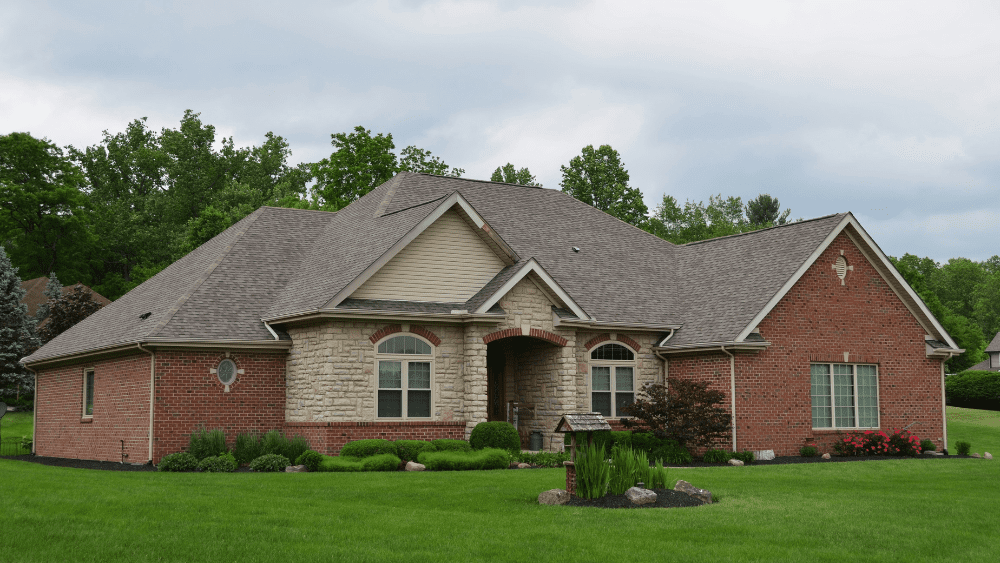


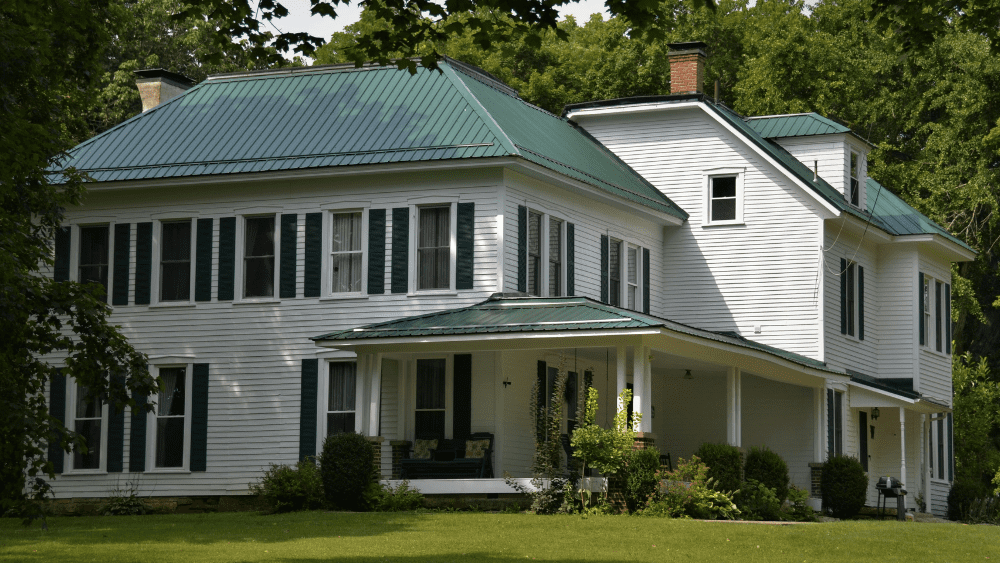



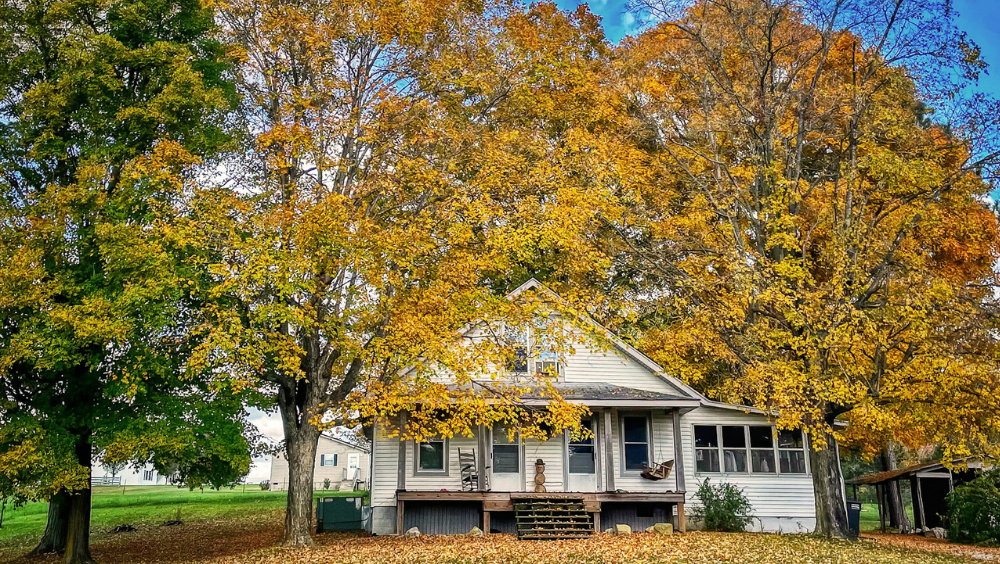
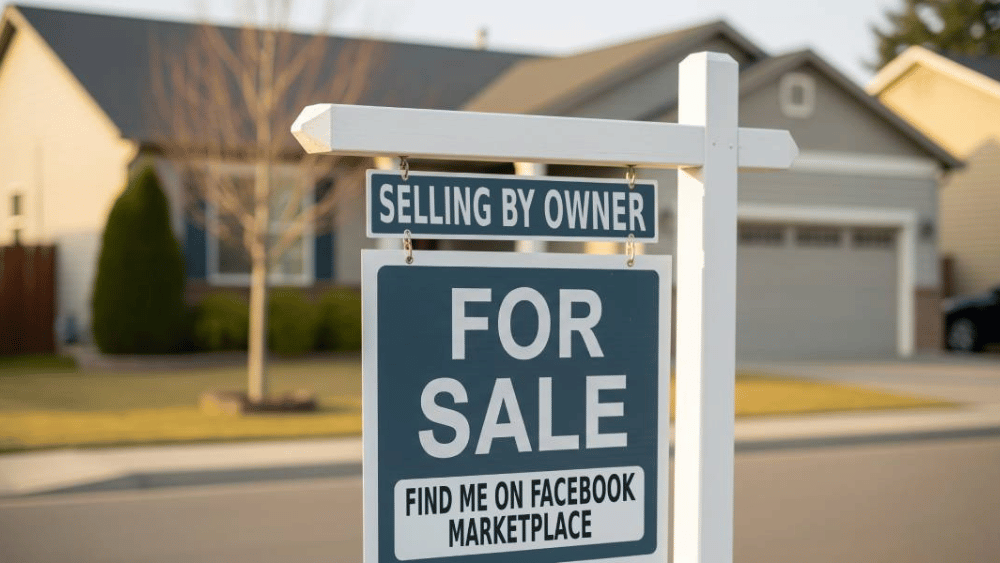

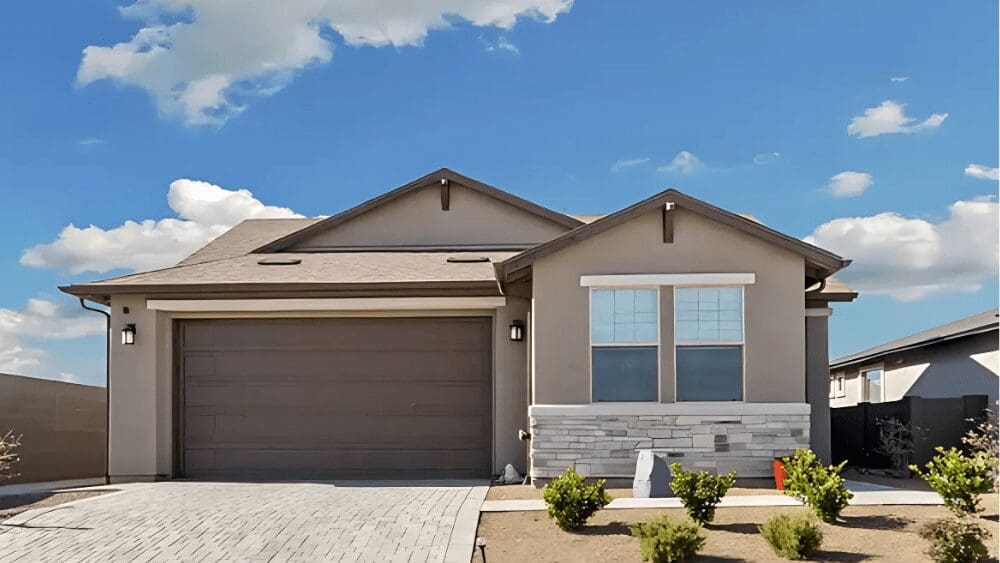

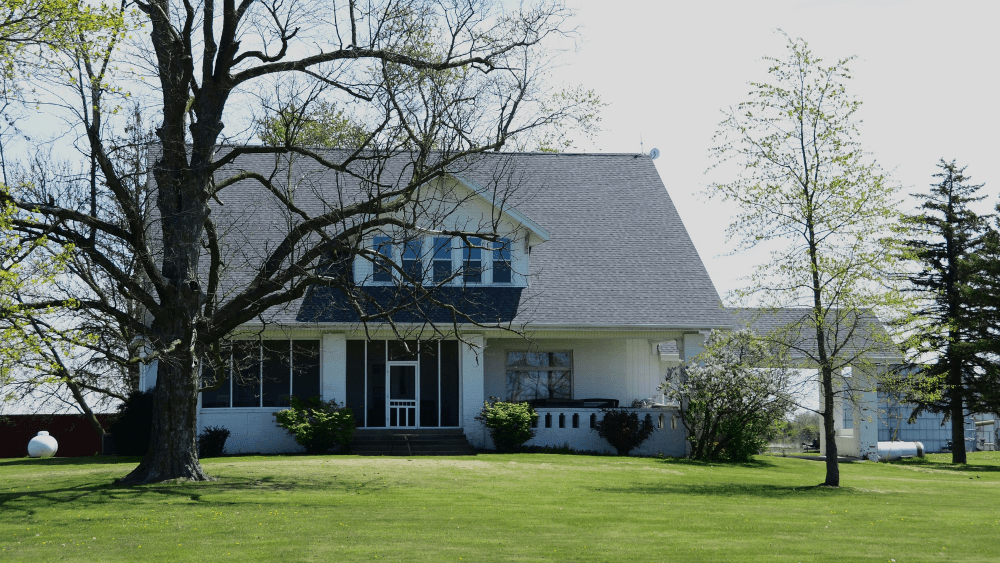


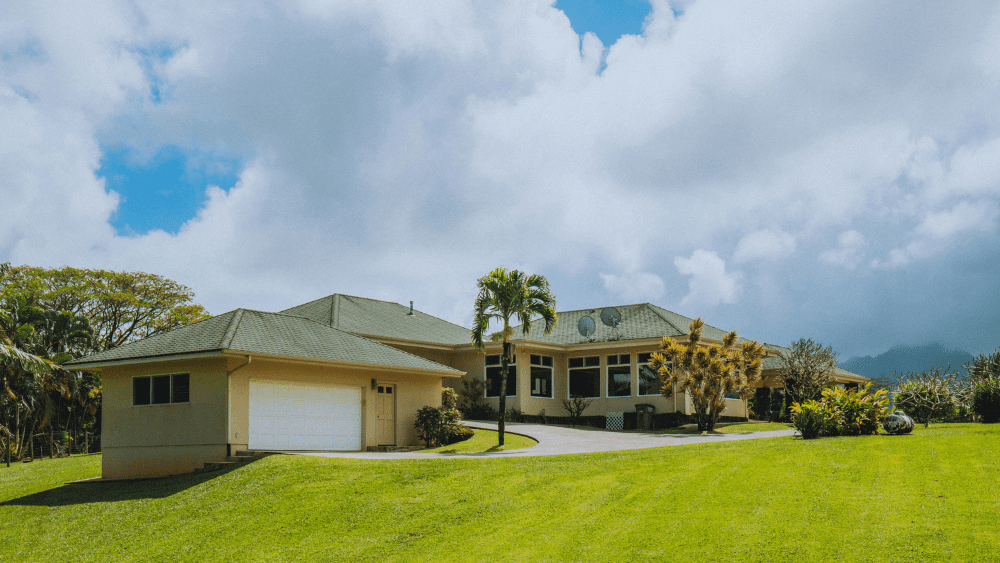

 English (US) ·
English (US) ·